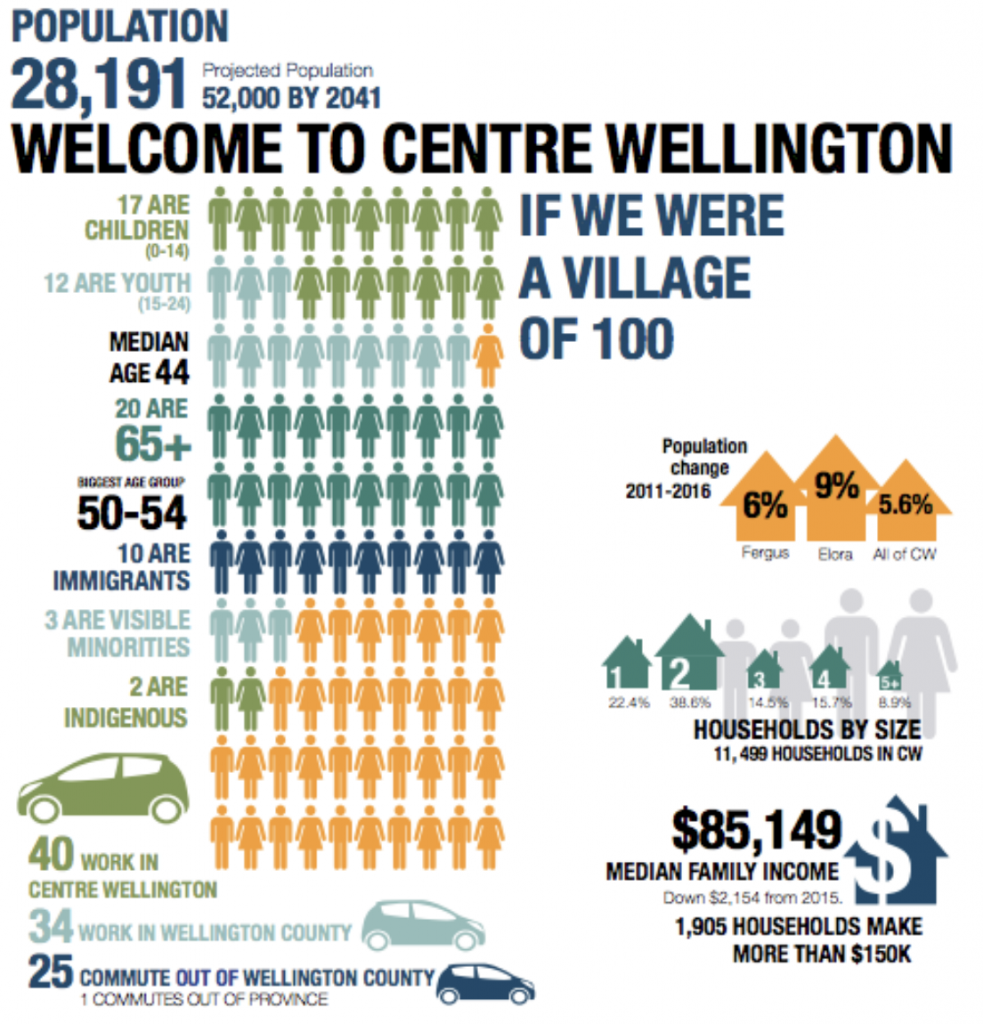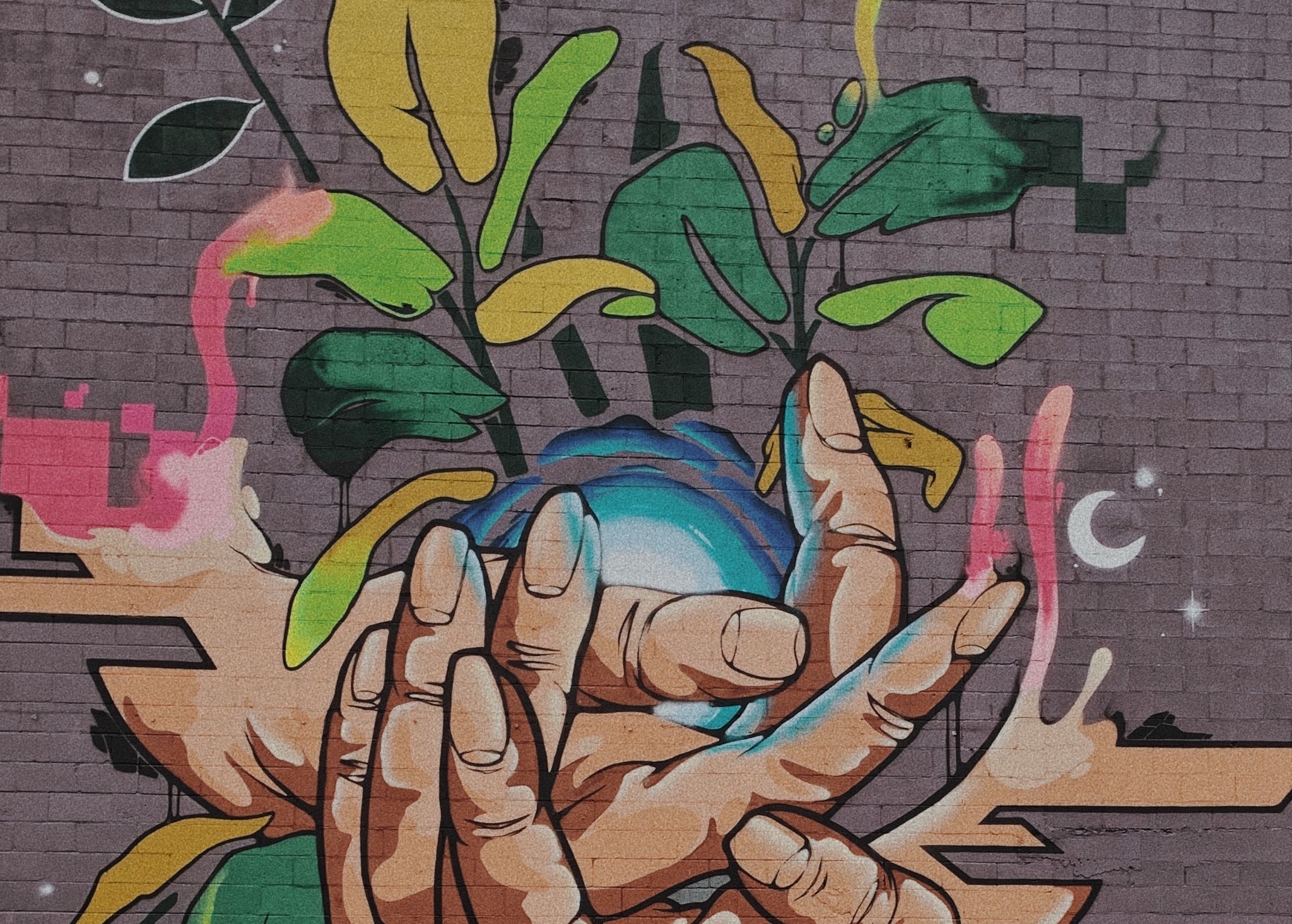This story is part of an ongoing series on community foundations working towards the United Nations Sustainable Development Goals (SDGs). For more information about the SDGs, view our SDG Guidebook and Toolkit.

Deforestation, urbanization, and climate change are just some of the global issues challenging us to discover and implement solutions. These issues also hit close to home.
Over the next decade, Centre Wellington, Ontario will face deforestation through rapid urbanization as well as the recent arrival of the emerald ash borer beetle — a national epidemic that will wipe out 99% of the ash trees in the area.
The Centre Wellington Community Foundation (CWCF) is mobilizing problem solvers to help find solutions using the United Nations Sustainable Development Goals, which provide a blueprint to promote prosperity for global citizens and our environment, including the preservation of our forests. And it’s working — in 2019, volunteers planted 24,000 trees.
“Community foundations work as a neutral third party in the community,” says J. Raymond Soucy, Executive Director of the CWCF. “We don’t have an agenda — our agenda is the community.”
“We have already seen [a] significant loss of ash trees,” Soucy says, “From that, we have funded endeavours like Communitrees, which replants trees on [trails] and green spaces. We also have a new Terra Fund — the funding is motivated by world issues like deforestation which then trickle down to local areas.”
Identifying who and how to support all takes a lot of work. One tool helping the CWCF is the Vital Signs Report.
Vital Signs: Providing Data And Direction
In 2019, the CWCF published its second Vital Signs Report, which collects local data as a “community snapshot.” This shows current strengths and defines the problems the community feels are most pressing. The report also helps bring people together.
Each of the “the Vital Signs Reports have been incredibly useful,” Soucy says.“Not only does it [a Vital Sign report] inform our granting, [but] it has also helped set us up in partnerships and relationships across the community — we’ve got at least three years of work from this report alone.”
It wasn’t without its learning curve.
“Our first report was done in 2015 and the community didn’t know what it was,” Soucy laughs. “For the second [report] in 2019, it was ‘standing room only’ at the launch” due to high demand.
The report has also brought some unexpected benefits.
“The community itself is using the report,” Soucy continues. “Organizations like Big Brothers, Big Sisters use it when applying for government grants. Local churches, social justice, the food bank; they all use it. Apparently new businesses are being shown the ‘If We Were A Village of 100’ when coming to town in order to better understand us” (see below).

The Environment section of the report provides data to reinforce the community’s concerns. In relation to the emerald ash borer beetle, the CWCF found that 20% of the current trees in woodlots are ash, all of which will be lost in 10-15 years. Population growth was also an environmental concern, with a local resident being quoted as anticipating urbanization to bring “deforestation, intensified traffic, tourist activity, and so on”.
On the positive side, the report shows community strengths like The Green Legacy Programme, which planted over 24,000 trees in 2019 — a local achievement responding to deforestation.
“Through [the] funding of programs like Communitrees and highlighting Green Legacy, we are showing that work is being done in this area,” adds Soucy.
Using the Sustainable Development Goals as a Common Language
“The next step is the Sustainable Development Goals,” Soucy says. “They’re new to us, but I expect in a couple of years you’re going to hear a lot about them.”
The United Nations created the Sustainable Development Goals (SDGs) as a common language to discuss humanity’s shared objectives. They are already being used around the world to frame solutions.
The CWCF included the global goals at the end of their Vital Signs Report, pairing them with the report’s relevant themes. The report’s section on the Environment aligns with SDG 13 (Climate Action) and SDG 15 (Life on Land).
The reasons for including the SDGs in the Vital Signs report are connection and communication. Much like how the Vital Signs Report resulted in new relationships, the SDGs are bringing together problem solvers from around the world and are leading to partnerships on a global scale.
“We want to be ready and to understand the SDGs,” Soucy says. “As more people talk, it becomes more and more local — it’s important for us not to be left behind.”

These stories were compiled in collaboration with writers from The Starfish Canada. We are proud to work with youth progressing the SDGs in Canada.




